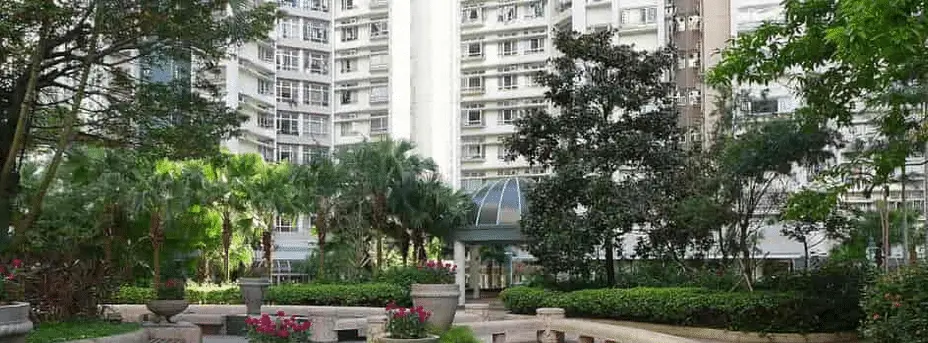Table of Contents

1. The complete process of selling a property (explained in stages)
1. Preliminary preparation stage
- property valuation
Understand the market value through banks or professional appraisal firms to avoid pricing too high or too low, which may affect the transaction speed. - Sorting and repair
Clean the unit, repair obvious defects (such as leaks, peeling walls), and do simple renovations (such as painting) if necessary to improve its appeal. - Professional photography and copywriting
Entrust a real estate agent or photography team to take high-quality photos and write a description that highlights the selling points (such as convenient transportation and good views).
2. Listing and promotion stage
- Select the release method
- Self-listing: Through online platforms (such as thiswebsite) Save commissions and increase exposure. Speed up the sale, but you need to handle the inquiry and negotiation yourself.
- Appoint a real estate agent: Pay a commission (usually 1% of the property price), and the agent will arrange publicity, take customers to view the property and negotiate terms.
- Set flexible closing period
The common transaction period is 60-90 days, depending on one's own needs (such as the time to change houses) and market response.
3. Property viewing and price negotiation stage
- Arrange a time for property viewing
Keep the unit clean and bright, and prepare a brochure or facility list (such as appliances included) for the buyer's reference. - Bargaining strategy
Leave about 3%-5% of bargaining space, and at the same time stick to the reserve price to avoid losses in a rush to close the deal.
4. Signing of legal documents
- Provisional Sales and Purchase Agreement (Temporary Agreement)
- The buyer pays the "detailed deposit" (property price 3%-5%), and the seller needs to provide identification and property information.
- Clearly state the "must buy, must sell" clauses, vacant property status, and division of responsibilities (such as the sharing of building maintenance costs).
- Formal sales contract
- The buyer shall sign the final contract and pay the "general deposit" (including the detailed deposit, a total of 10%) within 14 days after signing the provisional contract.
- The seller’s lawyer needs to prepare the building deed and check the property ownership (such as whether there are any illegal construction or unauthorized building issues).
5. Transaction and handover stage
- Handling tail numbers and handing over keys
- On the closing date, the buyer pays the balance (usually the property price 90%) through the lawyer.
- After confirming the payment has been received, the keys will be handed over and the "Memorandum of Handover" will be signed.
- Handling incidental matters
- Settle management fees, water, electricity, gas and other miscellaneous fees, and provide settlement documents to the buyer.
- If selling with lease, tenant contact information and deposit transfer arrangements are required.
2. Details of the main expenses of selling a property
| project | Cost Range | Remark |
|---|---|---|
| Real estate agent commission (There is no such expense when listing online) | Property Price 1% (A property worth NT$5 million requires a commission of NT$50,000 to be paid to the real estate agent) | The price is negotiable. If the buyer does not have an agent, the commission may be paid by the buyer in some cases. |
| Attorney Fees | About $8,000-$15,000 | Handling contracts, checking deeds and transfer formalities. Complex cases (such as estate properties) are more expensive. |
| Compensation | It depends on the situation | If the seller breaches the contract (such as refusing to trade), he must cancel the order twice and compensate the buyer for the losses. |
| Repair costs | Depends on the unit status | It is recommended to reserve about $10,000-$50,000 for basic repairs to avoid buyers lowering the price. |
| Redemption Fee | Bank handling fee is about $3,000-$5,000 | If the property is still mortgaged, you must first pay off the loan and get the title deed back. |
3. Key points to note before selling a property
- Title clarity
- Confirm that the property deed is intact. If it is lost, it must be replaced in advance.
- Check if there are any unresolved legal issues with the property (e.g. litigation, encumbrances).
- Tax Planning
- If the property is held for less than 3 years, additional stamp duty (SSD) must be paid, and the tax is borne by the seller.
- In case of joint property, all owners need to sign the document.
- Financial connection
- If you change houses, you need to coordinate the sale and purchase transaction periods to avoid the risk of "touching the top" (the house price rises sharply after selling the house).
- Tenant handling
- If the property is sold with the lease, the tenant must be notified in advance and the terms of the lease must be confirmed (e.g. "sale does not invalidate the lease").
4. Frequently Asked Questions
- The difference between "delivery" and "non-delivery"
If the property is to be sold with vacant possession, the buyer must vacate the unit and terminate the lease. If the property is not to be sold with vacant possession, the buyer must disclose the lease details, which may affect the buyer's loan amount. - Buyer Loan Risk
If the buyer is not approved for a mortgage, the seller can forfeit the deposit and relist the property, but the terms must be clearly stated in the preliminary agreement.
Recommended Actions: Always have a lawyer review the terms before signing the document, and keep records of all communications. If the market fluctuates greatly, you can set a "must buy and must sell" clause to protect your own rights and interests.




